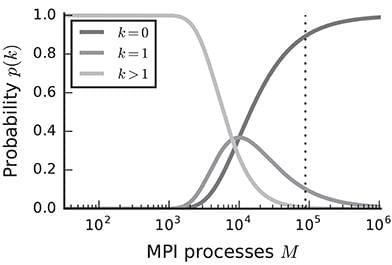Are alien civilizations likely to be younger or older than us in age? A basic question that seems insurmountable until we start detecting them. But even before that, we can use some logical deduction using lifetime distribution statistics to determine the most plausible answer to this question. Join us today for an explanation of our new research paper on this topic.
You can now support our research program and the Cool Worlds Lab at Columbia University: https://www.coolworldslab.com/support.
Get Stash here! https://teespring.com/stores/cool-worlds-store.
Thank-you to Kevin Clark, Tom Widdowson, Denny Smith, Stephanie Hackley, Mark Sloan, Laura Sanborn, Kolos Kantor, Patrick Herman, Abel Aganbegyan, Claudio Bottaccini, Daniel Brunk, Douglas Daughaday, Scott Fincher, James Kindred, Andrew Jones, Jason Allen, Steven Baldwin, Jason Black, Stuart Brownlee, Shivam Chaturvedi, David Denholm, Tim Dorais, Glen Downton, Eneko Xabier, Elizondo Urrestarazu, Gordon Fulton, Sean Griffiths, Peter Halloran, John Jurcevic, Niklas Kildal, Jack Kobernick, Wes Kobernick, Valeri Kremer, Marc Lijoi, Sheri Loftin, Branden Loizides, Anatoliy Maslyanchuk, Blair Matson, Ocean Mcintyre, Laini Mitchell, Jeffrey Needle, André Pelletier, Juan Rivillas, Bret Robinson, Zenith Star, Lauren Steely, Ernest Stefan-Matyus, Mark Steven, Elena West, Barrett York, Tristan Zajonc, Preetumsingh Gowd, Shaun Kelsey, Chuck Wolfred, David Vennel, Emre Dessoi, Fahid Naeem, Francisco Rebolledo, Hauke Laging, James Falls, Jon Adams, Michael Gremillion, Pierce Rutherford, Trev Kline, Tristan Leger, Lasse Skov, Takashi Hanai, Drew Roberts, Erynn Wilson, Ian Baskerville, Jacob Bassnett, John Shackleford, Marcus Undin, Martin Kroebel, Ian Johnstone, Geoff Suter, Ian Hopcraft, James Valdes, Phil Akrill-Misso, William Robertson, Elizabeth Orman & Giles Ingham.
Video on planet cloaking: https://youtu.be/z1Pqqf_6J9w.
::References used::





